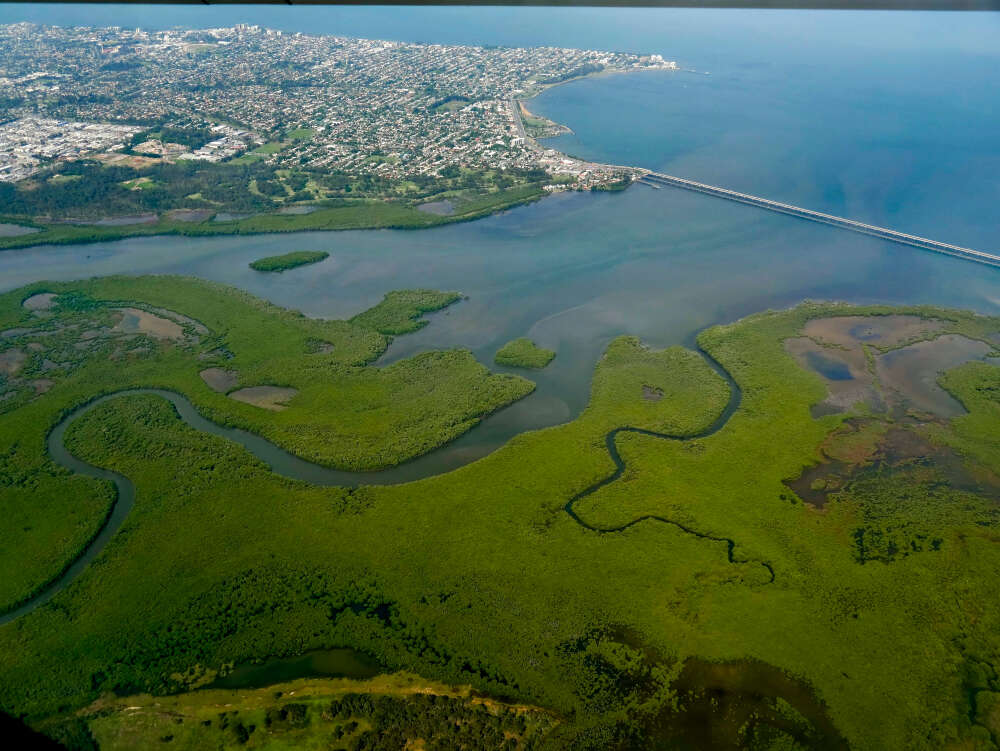
Moreton Bay, a region comprised of multiple urban centres located north of Brisbane, is Australia’s third-largest council. With a population of approximately 486,000 across Redcliffe and the urban suburbs of Strathpine, Petrie, North Lakes, Morayfield and Caboolture, there are more people living in Moreton Bay than in the country’s capital. By 2041, the regional council projects that the population will grow to 697,000, making it larger than Tasmania.

As its population continues to expand, the regional council has been pushing to reclassify Moreton Bay as a city, in order to reflect its status as a large urban hub and capture crucial funding to prolong its development – including plans to create 100,000 new jobs over the next two decades and grow its economy to A$40bn. And, with close proximity to airports, cultural activities and coastlines, city status would also help boost Moreton Bay as a tourist location. The process officially started in December 2021, and public consultation is due to close today, Monday 28 November, ABC News reported.
The region was formed in 2008 following the amalgamation of existing council areas. Its ‘polycentric’ structure – defined by multiple urban spaces in close proximity to each other – makes it somewhat unique among other Australian cities that are typically oriented around one central business district. However, this planning model is increasingly being embraced by councils in Australia and worldwide. Plan Melbourne, the 35-year vision for the city’s development, takes a polycentric view, while global architecture and planning firm Gensler called it “the future of sustainable urban growth”.
Could Moreton Bay become a polycentric city?
For Moreton Bay, the polycentric model could help mitigate some of the issues other cities are increasingly facing. Monocentric cities that place importance on living within close proximity of a central urban hub are more likely to suffer from problems such as overcrowding and housing shortages. As a regional government report issued earlier this year explained, polycentric planning “can help alleviate many of the pain points associated with a monocentric urban form, specifically traffic congestion, air pollution and unaffordable housing”. Other potential benefits include shorter commute times, better distribution of jobs and infrastructure, and greater social equality.
If Moreton Bay is successful in becoming a city, the council hopes that the reclassification will change the area’s “identity locally, nationally, and internationally for the benefit of its residents”. It also hopes to build on its foundations as a polycentric region to continue to develop in this manner, with a “program of shaping infrastructure investment to respond to new and interesting connectivity corridors, mobility innovations, and patterns of settlement in advance of the next waves of urban growth”.
As other urban centres in Australia face the pressure of population growth, congestion and overcrowding, Moreton Bay could be an example of how to structure the city of the future.
[Read more: Cost concerns could harm Melbourne’s airport rail project]






